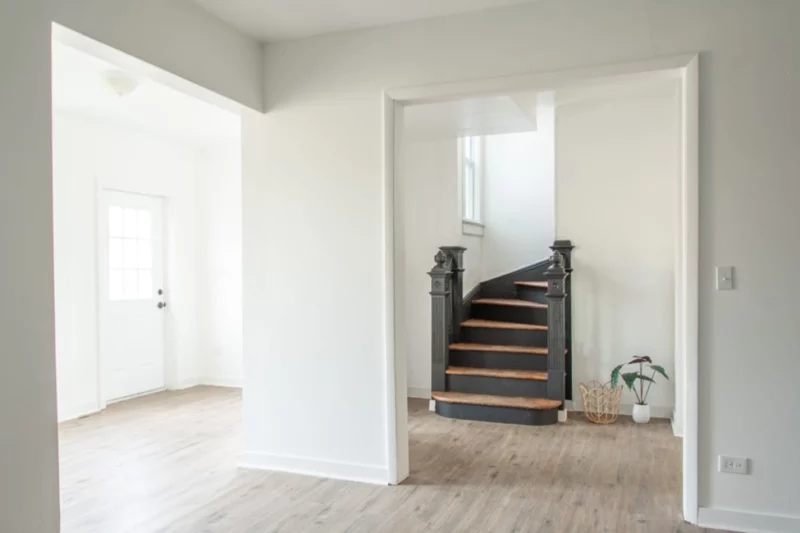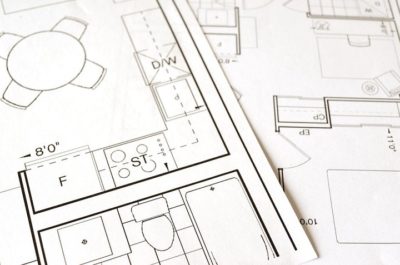Embarking on a home renovation project can be an exciting, albeit daunting, endeavour. Whether you’re updating a single room or embarking on a full-scale home makeover, each renovation comes with its own set of unique opportunities and challenges. This guide is designed to navigate you through the ins and outs of home renovation, from planning and budgeting to choosing materials and hiring the right professionals. So, strap in, and let’s begin this transformative journey of turning your house into your dream home.
What Can You Do With Your Windows
Windows are among the most significant aspects of a home renovation, providing both aesthetic appeal and practical functionality. By introducing new windows or upgrading existing ones, you can dramatically change the look of your home while also improving energy efficiency. The team behind Renewal by Andersen of Nevada says that you should consider the style of your home and the role you want your windows to play. Replacing old, drafty windows with energy-efficient ones can save you money on heating and cooling costs in the long run. Plus, there are endless options for customization, from window frame materials to colours and styles. The key is to align your window choices with the overall design and functionality goals of your renovation project.
Revamping Your Roof
As you consider the aspects of your home for renovation, don’t overlook the importance of your roof. It’s not just a functional part of your home protecting you from the elements, but also an architectural element that contributes to your home’s overall aesthetic. When it comes to roofing, materials matter and the choices are plentiful, ranging from traditional shingles and tiles to modern metal roofing or sustainable green roofs. A well-chosen material can enhance your home’s curb appeal and potentially increase its value.
Furthermore, a new, energy-efficient roof can provide substantial savings in heating and cooling costs over the long run. If your roof has experienced wear and tear, consider a full replacement rather than a simple repair. This provides an opportunity to reassess insulation, improve ventilation, and ensure that your home is as energy-efficient as possible. Discussing your options with a trusted roofing contractor can help you make the best decision for your home’s functionality and design appeal.
Budgeting Basics
Developing a comprehensive and realistic budget is a critical step in any home renovation project. Start by determining the scale of your project and identifying the areas where you wish to make changes. Then, research the average costs of materials and labour for each element of your renovation. Be sure to factor in costs for windows, roofing, flooring, plumbing, and electrical work, as well as any new furniture or decor. When it comes to flooring, considering a high-quality vinyl installer can make a significant difference, offering durability, a wide range of design options, and a finish that can remarkably transform your space while ensuring your budget is efficiently utilized.
Your budget should also include a contingency fund, typically 10-20% of the overall budget, to cover unexpected expenses that often arise during renovation projects. Recall that the lowest estimate isn’t necessarily the best. Quality work and materials can save you money in the long run by reducing the need for repairs and maintenance.
Once you have a detailed budget, stick to it. It can be tempting to splurge on high-end materials or additional projects, but these can quickly inflate your costs and lead to financial stress. Keeping a close eye on your budget throughout the renovation process will help ensure that you can complete your project without breaking the bank.
Maximizing Space
One of the most effective ways to alter your living environment without massive structural changes is by maximizing your existing space. Begin by assessing your current layout – look for unused or underutilized spaces that could be put to better use. For instance, you might convert an attic into a home office, or transform a rarely-used dining room into a cosy reading nook.
Storage is key for a clear, uncluttered home. Consider built-in shelving units, under-bed storage, or multi-purpose furniture with hidden compartments. Keep in mind that vertical space often goes unused – installing high shelves or hanging racks can provide additional storage options.
Another important factor in establishing a feeling of spaciousness is lighting. Strategically placed mirrors can reflect light and make a room appear larger, while a smartly chosen colour scheme can also contribute to the perception of space. Opt for lighter hues to make rooms appear bigger and brighter.
The Demolition Dilemma
Deciding whether to demolish or renovate is a common quandary faced by homeowners. This decision is influenced by factors such as the current state of the property, the cost implications of each option, and your ultimate vision for the space. If your home requires extensive repairs due to structural issues, or if it significantly lacks the necessary features to meet your lifestyle needs, demolition and a subsequent rebuild might be the best course of action.
This would provide an opportunity to create a new space that is fully tailored to your preferences. On the other hand, if your home has historical value, or if the necessary renovations are relatively minor, renovation might be the ideal choice, preserving the character of the original structure while making necessary updates. Always consult with a professional before making a decision, as they can provide a comprehensive assessment that considers both tangible and intangible factors.
Timelines and Milestones
Planning out a clear timeline, with defined milestones, is crucial to the success of your home renovation project. This not only helps in managing expectations but also assists in keeping the project on track and within the budget.
Start by identifying key phases of your renovation such as design, demolition, construction, and finishing. For each phase, establish a start and end date. Remember to include time for obtaining necessary permits and ordering materials, as these steps often take longer than anticipated.
Milestones are important dates that signify progress in a project’s timeframe. These might include the completion of demolition, installation of windows or roof, completion of plumbing and electrical work, or the finishing touches like painting and decorating.
Keep in mind that home renovation projects can often run over schedule due to unforeseen issues such as weather, unexpected repairs, or delays in materials. It’s important to maintain some flexibility in your timeline for these instances. Regularly review your timeline and adjust as necessary, always keeping an open line of communication with builders, contractors, and any other parties involved.
In conclusion, home renovation can be a daunting but ultimately rewarding process. By considering the various aspects discussed in this guide, you’ll be well-equipped to embark on your renovation journey and transform your house into your dream home. Remember to stay organized, communicate effectively, and make informed decisions to ensure a successful project that brings joy for years to come.










